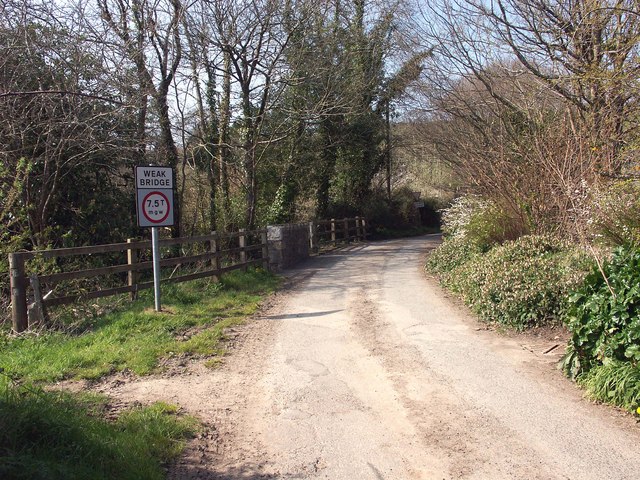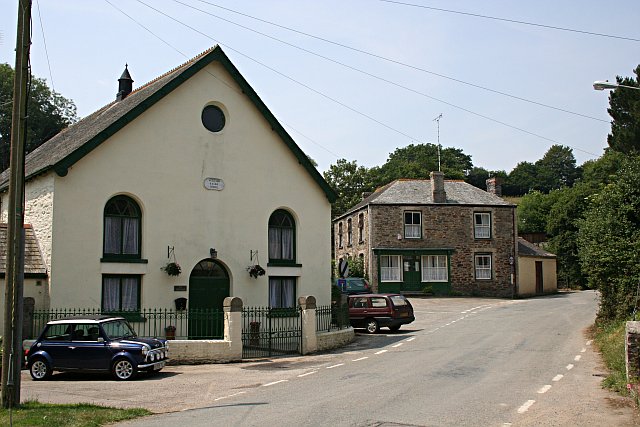|
New Mills, Cornwall
New Mills ( kw, Melinnowydh) is a hamlet in Cornwall, England, United Kingdom. It is situated in a wooded valley north of Ladock approximately seven miles (11 km) northeast of Truro at .Ordnance Survey: Landranger map sheet 204 ''Truro & Falmouth'' References Hamlets in Cornwall {{Carrick-geo-stub ... [...More Info...] [...Related Items...] OR: [Wikipedia] [Google] [Baidu] |
Cornwall
Cornwall (; kw, Kernow ) is a historic county and ceremonial county in South West England. It is recognised as one of the Celtic nations, and is the homeland of the Cornish people. Cornwall is bordered to the north and west by the Atlantic Ocean, to the south by the English Channel, and to the east by the county of Devon, with the River Tamar forming the border between them. Cornwall forms the westernmost part of the South West Peninsula of the island of Great Britain. The southwesternmost point is Land's End and the southernmost Lizard Point. Cornwall has a population of and an area of . The county has been administered since 2009 by the unitary authority, Cornwall Council. The ceremonial county of Cornwall also includes the Isles of Scilly, which are administered separately. The administrative centre of Cornwall is Truro, its only city. Cornwall was formerly a Brythonic kingdom and subsequently a royal duchy. It is the cultural and ethnic origin of the Cor ... [...More Info...] [...Related Items...] OR: [Wikipedia] [Google] [Baidu] |
Ladock
Ladock ( kw, Egloslajek) is a village and civil parish in Cornwall, England, United Kingdom. It is about six miles (9.5 km) north-east of Truro. Historically, Ladock was two small settlements; Bissick by the river and Ladock on the hill. Notable features include the church, the school, the village hall and the Falmouth Arms pub. At the 2011 census the total population was 4,241. The village had a station, Probus and Ladock halt, on the Cornish Main Line railway but services to the station ended in 1957. Parish church The parish church of St Ladoca has a fine west tower built of granite blocks. The north side of the church is 13th-century in date while the south aisle is 15th-century and the chancel was much altered by George Street in 1862–1864. Interesting features include the carved base of the rood screen and the font of Catacleuse stone. The feast traditionally celebrated in the parish is held on the Sunday after the first Thursday in January. Sustainable vil ... [...More Info...] [...Related Items...] OR: [Wikipedia] [Google] [Baidu] |
Truro
Truro (; kw, Truru) is a cathedral city and civil parish in Cornwall, England. It is Cornwall's county town, sole city and centre for administration, leisure and retail trading. Its population was 18,766 in the 2011 census. People of Truro can be called Truronians. It grew as a trade centre through its port and as a stannary town for tin mining. It became mainland Britain's southernmost city in 1876, with the founding of the Diocese of Truro. Sights include the Royal Cornwall Museum, Truro Cathedral (completed 1910), the Hall for Cornwall and Cornwall's Courts of Justice. Toponymy Truro's name may derive from the Cornish ''tri-veru'' meaning "three rivers", but authorities such as the ''Oxford Dictionary of English Place Names'' have doubts about the "tru" meaning "three". An expert on Cornish place-names, Oliver Padel, in ''A Popular Dictionary of Cornish Place-names'', called the "three rivers" meaning "possible". Alternatively the name may come from '' tre-uro'' or s ... [...More Info...] [...Related Items...] OR: [Wikipedia] [Google] [Baidu] |


